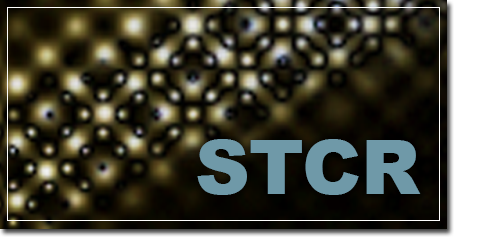 |
Model-Based Reconstruction for Dynamic MRI |
STCR is a matlab-based program to reconstruct undersampled DCE radial data, with Compressed Sensing methods.
Acquisition and reconstruction of undersampled radial data for myocardial perfusion MRI. G. Adluru, C.J. McGann, P.Speier, E.G. Kholmovski, A. Shaaban, E.V.R. DiBella. Journal of Magnetic Resonance Imaging (JMRI), 29:466-473, 2009
Temporally Constrained Reconstruction of Dynamic Cardiac Perfusion MRI. G. Adluru, S.P. Awate, T. Tasdizen, R.T. Whitaker, E.V.R. DiBella. In Magnetic Resonance in Medicine, Vol. 57, pp. 1027--1036. 2007.
The STCR package contains two undersampled 24 ray radial, 50 time frames, cardiac perfusion datasets that were acquired on a Siemens 3T scanner are included (k_space*mat)
- use run_stcr.m to reconstruct and view images
- stcr_2d.m is the main reconstruction function that implements the "Spatially and Temporally Constrained Reconstruction (STCR)
- Please credit this website and the JMRI paper above if this code or data are used in an abstract or paper
- For more information or any bug reports please contact
This email address is being protected from spambots. You need JavaScript enabled to view it.
Model-Based Reconstruction for Dynamic MRI
Funded by NIH R01EB006155
Advancements in biocomputing and MRI acquisition technologies make it possible to consider applying image reconstruction methods that are more complex than the standard inverse Fourier transforms to MRI data. This will have a profound impact on dynamic MRI. Temporal and spatial models are proposed to be incorporated into the reconstruction of dynamic contrast enhanced (DCE) MRI data within an inverse problem framework.
Specific aims include:
(1) Develop and incorporate low level (constraints on changes of intensity over time) and higher level (parameterized) temporal models within reconstruction methods for sparsely sampled dynamic MRI datasets. These models will allow for a large increase in volume coverage without concomitant SNR reductions.
(2) Develop spatial model-based reconstruction methods for sparsely sampled dynamic MRI datasets. Low level spatial models will realize spatial constraints, and higher level spatial models will be created from patient-specific spatial reference data.
(3) Extend the model-based methods to combine with multi-coil speedup (parallel imaging) methods.
